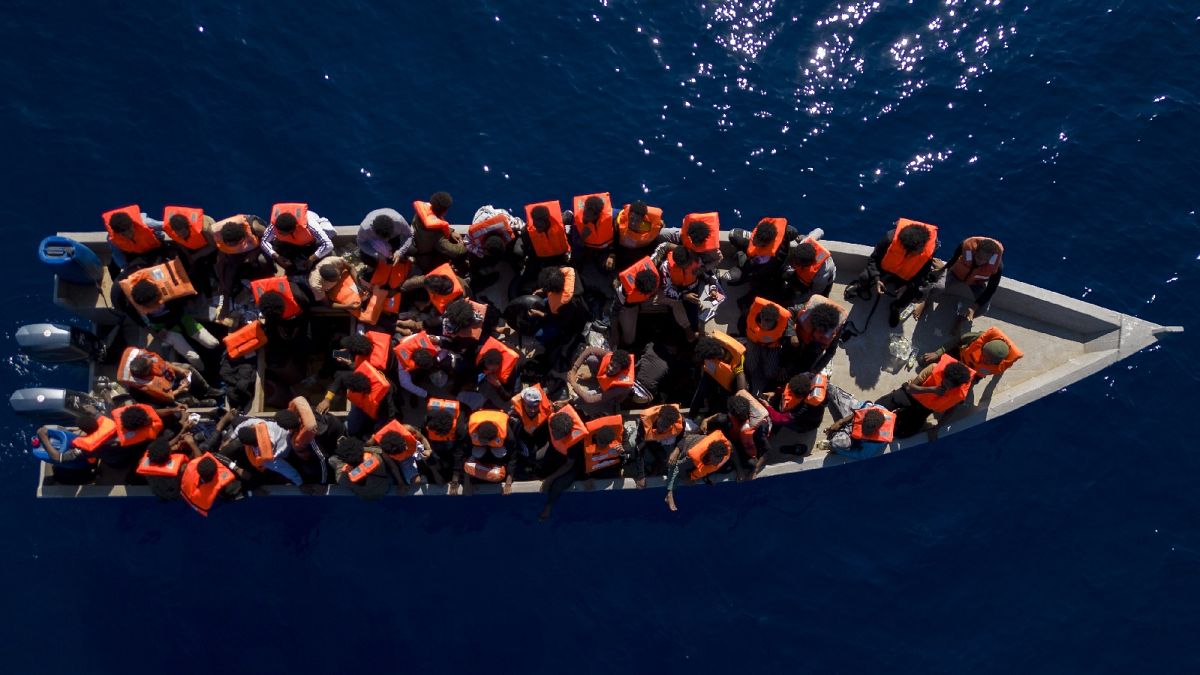The web of funds going towards the externalisation of the contentious issue is getting much wider.
The EU's policy of externalisation in managing migration flows is making it increasingly difficult to follow the trail of money, as demonstrated by the memorandum of understanding that the European Commission is set to sign with the Tunisian government.
The deal includes a financial package of €105 million for border management, search and rescue operations, anti-smuggling activities and the return of migrants.
This kind of cooperation is not new and was indeed endorsed by EU leaders, who at last week's summit, "underlined the importance of strengthening and developing similar strategic partnerships".
But who and how much is the EU paying to put a brake on migration flows?
Besides the €6 billion earmarked to Turkey since 2016, there is €60 million for a new Western Balkans migration package, €120 million to Egypt and €152 million to Morocco.
It is not just neighbouring countries receiving money, however. Nigeria, for example, got €28.4 million as “support to migration government”, Bangladesh €55 million and Pakistan €59 million for different programmes, including the reintegration of their nationals sent back from Europe.
It is actually very difficult to get an overview of all the money spent by the EU, according to Sergio Carrera, a senior researcher at CEPS, who also criticised the lack of transparency.
“There is a large, fragmented and hypercomplex landscape of funds the EU puts into practice to finance migration management-related priorities," Carrera told Euronews.
"You have the AMIF (Asylum and Migration Fund), which is a Home Affairs fund, but you also have neighbourhood and development funds. The picture makes it fundamentally impossible for anyone to really understand what the EU was funding where.
"And most concerning are the impacts that those funds have on human rights, the rule of law and democracy," he added.
Libya is one of the most worrying situations. The EU launched its Support for Integrated Border and Migration Management in Libya (SIBMMIL) mission in 2017. It is worth up to €59 million and includes the delivery of nine vessels for search and rescue operations and training for more than 100 members of the Libyan Coast Guard, a corp accused of human rights violations by several associations and a fact-finding UN mission.
"The UN fact-finding mission report of May was very, very clear," Dutch Green MEP Tineke Strik MEP told Euronews.
"The Libyan coast guard and other state-led entities funded by the EU are deeply involved in crimes against humanity. They are involved in smuggling and trafficking and slavery. They keep the people detained. They torture them to push family members to pay them.
"So they use it to blackmail family members and they profit hugely from smuggling them and these are the entities usually funded by the EU. So, the UN concluded that the EU, with its funding, contributes to crimes against humanity," Strik also said.
Among its “anti-smuggling operational partnership”, the European Commission pledged €40 million for fighting criminal networks in northern Africa, but it will have to carefully control the recipients of this money.
